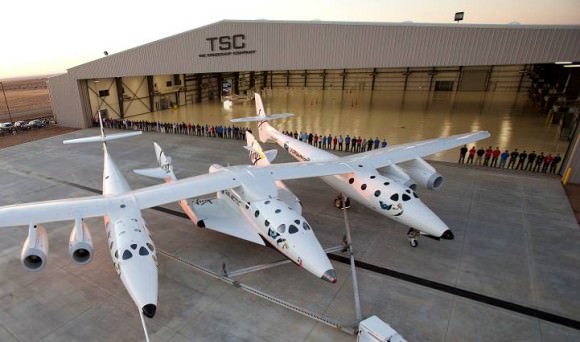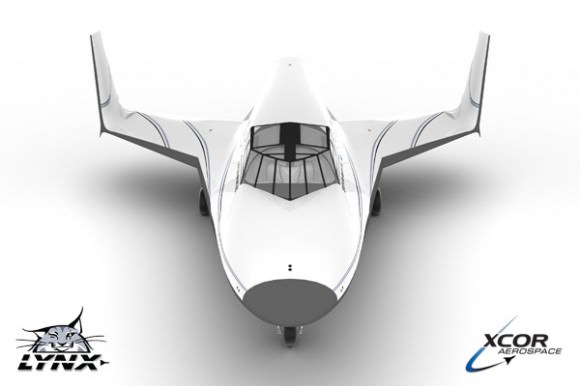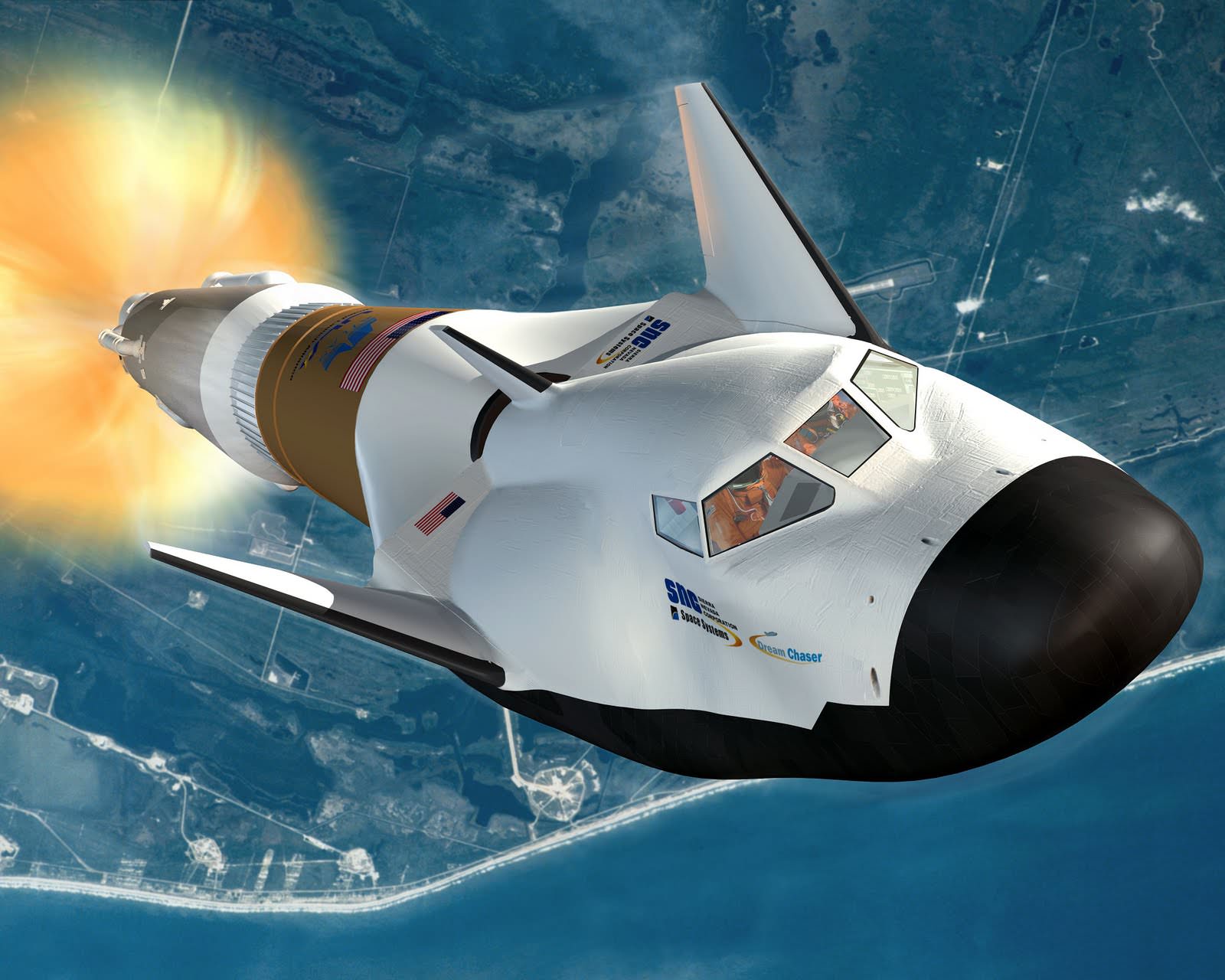[/caption]
By all reports – commercial space is thriving. A number of recent announcements show that the burgeoning “private” space industry is thriving. NASA released its plans to obtain transportation services for its astronauts to the International Space Station (ISS) as well as optional milestones for the Commercial Crew Development Round 2 (CCDev2).
“This is a significant step forward in America’s amazing story of space exploration,” said NASA Administrator Charles Bolden. “It’s further evidence we are committed to fully implementing our plan — as laid out in the Authorization Act — to outsource our space station transportation so NASA can focus its energy and resources on deep space exploration.”
To help speed up the process Bolden has stated that NASA will fund some of the original milestones that have already been negotiated as part of some of the Space Act Agreements (SAA) under CCDev2.
NASA’s proposal outlines contracts that would benefit multiple firms that are set to provide the space agency with designs of spacecraft, rockets and other launch services. This contract is worth an estimated $1.61 billion and is currently slated to run from July 2012 through April 2014. NASA has updated Sierra Nevada Corporation’s SAA with four more milestones – that total up to $25.6 million meaning that the contract that this NewSpace firm now has with NASA is worth $105.6 million – if the agency can successfully accomplish all of its milestones.
“All four CCDev2 partners are performing very well and meeting their milestones,” said Phil McAlister, director of NASA’s Commercial Spaceflight Development. “These additional milestones were selected because they sufficiently accelerated the development of commercial crew transportation systems to justify additional NASA investment.”

Meanwhile, out in California, The Spaceship Company (TSC), the joint venture of Sir Richard Branson’s Virgin Galactic and Scaled Composites, announced a milestone of their own with the opening of its Final Assembly, Integration and Test Hangar (FAITH), at the Mojave Air and Space Port. The hangar, which cost an estimated $8 million, supports the final stages of Virgin Galactic’s WhiteKnightTwo and SpaceShipTwo. It is hoped that this new facility will both support further commercial space ventures and create jobs.
The facility is located on taxiway-B and encompasses approximately 68,000-square-feet. It will be used to assemble, prepare and test the vehicles. One of the building’s other roles is that of maintenance hangar.
“We take great pride in the opening of FAITH as an accomplishment for our company, our current and future customers and our industry,” said The Spaceship Company Vice President, Operations Enrico Palermo. “Within this new facility, we will produce the highest quality commercial spaceflight systems.”
With FAITH in place, the required infrastructure is now in place to manufacture a fleet of SpaceShipTwo (SS2) sub-orbital spaceships as well as the WhiteKnightTwo (WK2) carrier aircraft. The facility has been sized to support construction of SS2 and WK2 with room to build two of each of these craft – at the same time.
The other structure that is needed to support SS2 and WK2 operations is a 48,000-square-foot building that is located at the Mojave Air and Space Port that TSC has recently had upgraded. If the sub-orbital space tourism market takes off TSC has optioned rights to expand the facility.
“Despite the current state of the U.S. economy and rising unemployment, this is a strong time of growth for The Spaceship Company,” Palermo said. “We are creating excellent, high-skilled job opportunities for individuals with aerospace, engineering and hands-on space program experience. We want employees who are passionate about developing new and innovative ways of accessing space.”

Staying on the topic of sub-orbital space planes, Space Expedition Curaçao (SXC) and XCOR Aerospace, Inc. have announced the completion of a deal that will secure the wet lease of production Lynx tail number two for operation on the Caribbean island of Curaçao.
“Since we signed the initial Memorandum of Understanding (MOU) in October of 2010, XCOR and SXC have worked diligently towards completing the Definitive Agreement,” explained XCOR CEO Jeff Greason. “Now that the ink is dry and the check has cleared we can proceed at full pace to begin operations in Curaçao in 2014.”
Since the first flights of SpaceShipOne high above the Mojave Desert, the commercial space industry has found its legs and has expanded its reach both nationally and internationally. With Space Exploration Technologies (SpaceX) plans to launch its next Falcon 9 rocket and Dragon spacecraft to the International Space Station in November the commercial space field appears to be cementing its beachhead on not only sub-orbital flights – but orbital ones as well.


Wait – SpaceX to launch in November? I thought that due to the ISS crew rotation plans and Soyuz/Progress issues this was pushed back to Jan/Feb?
Nah the problem is the Russians aren’t allowing docking of the Dragon to the ISS due to “safety concerns”. Which is quite ironic considering recent Russian events.
If we separate out the commercial business here, only SpaceX and XCOR has so far found its feet in selling launches. If not its legs, SpaceX wouldn’t go with profit as of yet, I think.
Speaking of business opportunities, it turns out NASA’s SLS Constellation type launcher is most likely underfunded as Constellation was – only worse:
“I had a brief email exchange with Jeff Greason, CEO of XCOR Aerospace but also (and more importantly in the context of this post) member of the Augustine panel, to get his thoughts on last week’s SLS announcement.
RS: To what degree do you think that Congress’s and (by extension, because they have to, as numerous congresspeople have demanded, “follow the law”) NASA’s current plans conform to what the Augustine panel suggested? And do you think that they are the most effective ways of opening up space?
JG: As far as I can discern NASA’s SLS/MPCV architecture, it seems to fall within the parameters we studied on the Committee. An architecture like that needed something like $12B/year for human spaceflight in order to actually do exploration missions within NASA’s traditional cost structure. Right now it looks like the budget available will be more like $9B or even $8B/year. That suggests that NASA is repeating the Constellation mistake of beginning a development path that cannot be carried to a useful point without an increase in budget. The difference is that the last time we did that, there were serious policymakers who thought the budget might actually be increased, and this time, I don’t think there are.” [Rand Simberg, Transterrestrial Musings; my bold.]
Grearson goes on to suggest that SLS is hugely overpowered (and will have no loads to lift due to lack of funds), and that something like SpaceX Falcon Heavy fit the bill of the envisioned NEO/Mars space development. Those would cut the annual cost with a factor 4.
He notes too the funny business of not using the CCDev/ISS combo for ferrying crews. Man-rating “exploration boosters” is unnecessary and expensive. The only reason not to do it would be putative savings on some marginal missions and, of course, if you desire to maximize the likelihood for that the ferry/ISS capacity would eventually die.
cant wait to try this haha
IMO, commercialization of space is the ONLY way to space.